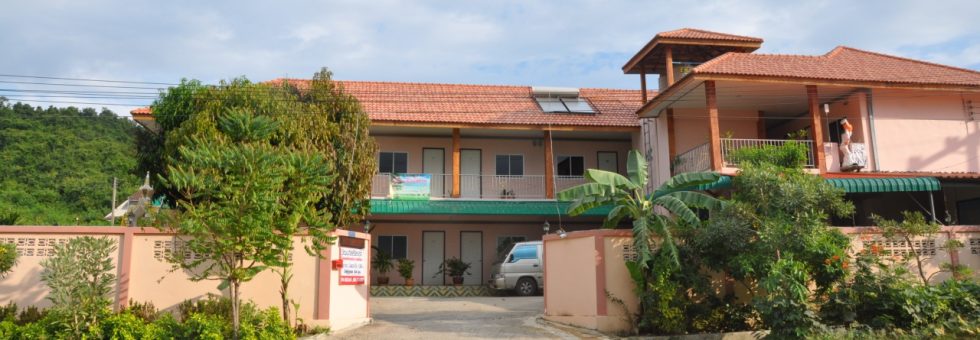
We will cover everything from the basics to examples, making it easy for anyone to grasp. As an accountant, one should be comfortable with all methods of depreciation. We just looked at the double declining balance depreciation method, the others shouldn’t take too long to master. Owning assets in a business inevitably means depreciation will be required since nothing lasts forever, especially for fixed assets. It is therefore specifically important for accountants to understand the different methods used in depreciating assets as this constitutes an important area to be taken care of by accounting professionals. With our straight-line depreciation rate calculated, our next step is to simply multiply that straight-line depreciation rate by 2x to determine the double declining depreciation rate.
What assets are DDB best used for?

Depreciation is calculated by multiplying the cost per unit of production by the actual units produced. For example, a machine costing $50,000, expected to produce 100,000 units, has a depreciation double declining depreciation cost of $0.50 per unit. If it produces 20,000 units in a year, the depreciation expense is $10,000, reflecting the asset’s contribution to production. The declining balance method emphasizes accelerated expense recognition, applying a constant percentage to the asset’s remaining book value each year.
You’ll have to do more math, or get an accountant’s help
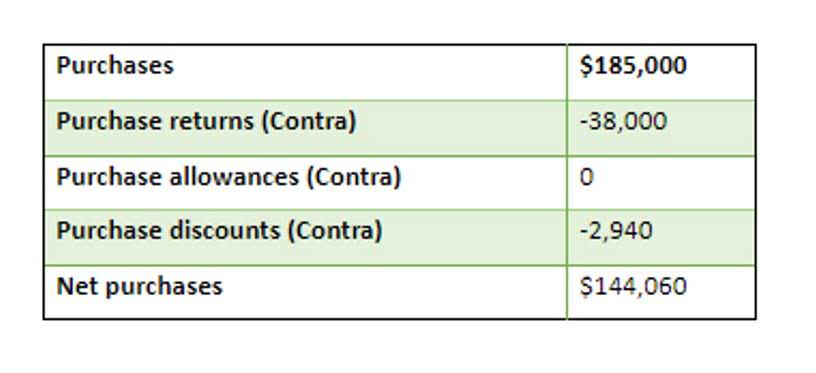
The double-declining balance (DDB) method is a type of declining balance method that instead uses double the normal depreciation rate. The final step before our depreciation schedule under the double declining balance method is complete is to subtract our ending balance from the beginning balance to determine the final period depreciation expense. Of course, the pace at which the depreciation expense is recognized under accelerated depreciation methods declines over time.
Creating a Contribution Margin Income Statement in Excel
- Suppose a company purchases a piece of machinery for $10,000, and the estimated useful life of this machinery is 5 years.
- Depreciation is a key accounting concept, reflecting how assets lose value over time.
- 1- You can’t use double declining depreciation the full length of an asset’s useful life.
- With the double declining balance method, you depreciate less and less of an asset’s value over time.
- Depreciation is technically a method of allocation, not valuation,5 even though it determines the value placed on the asset in the balance sheet.
Methods like declining balance and SYD result in higher early-year depreciation, reducing net income and Bookkeeping for Chiropractors affecting metrics like EPS and ROE. The straight-line method provides a steadier earnings profile, often scrutinized by analysts and creditors to assess profit stability. The units of production method aligns expenses with revenue, offering insights into operational efficiency.
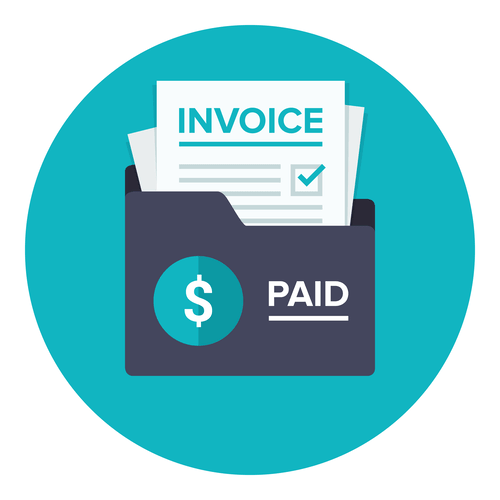
This approach is reasonable when the utility of an asset is being consumed at a more rapid rate during the early part of its useful life. It is also useful when the intent is to recognize online bookkeeping more expense now, thereby shifting profit recognition further into the future (which may be of use for deferring income taxes). Now you’re going to write it off your taxes using the double depreciation balance method. To calculate the double-declining depreciation expense for Sara, we first need to figure out the depreciation rate. Another thing to remember while calculating the depreciation expense for the first year is the time factor.
- An asset for a business cost $1,750,000, will have a life of 10 years and the salvage value at the end of 10 years will be $10,000.
- The double-declining-balance method, or reducing balance method,10 is used to calculate an asset’s accelerated rate of depreciation against its non-depreciated balance during earlier years of assets useful life.
- This accelerated rate reflects the asset’s more rapid loss of value in the early years.
- Since double-declining-balance depreciation does not always depreciate an asset fully by its end of life, some methods also compute a straight-line depreciation each year, and apply the greater of the two.
- The difference is that DDB will use a depreciation rate that is twice that (double) the rate used in standard declining depreciation.
- Now that we have a beginning value and DDB rate, we can fill up the 2022 depreciation expense column.
We now have the necessary inputs to build our accelerated depreciation schedule. But before we delve further into the concept of accelerated depreciation, we’ll review some basic accounting terminology. If the double-declining depreciation rate is 40%, the straight-line rate of depreciation shall be its half, i.e., 20%. Double-declining depreciation charges lesser depreciation in the later years of an asset’s life. In the last year of an asset’s useful life, we make the asset’s net book value equal to its salvage or residual value.
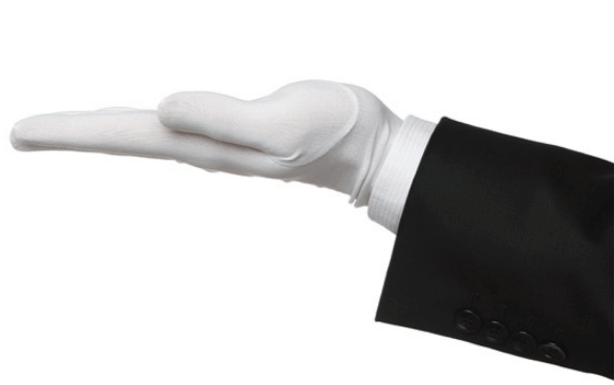
This convention provides a balanced method that reduces complexity while maintaining accuracy. Alternatively, the specific month convention can be utilized for a more detailed approach. This method calculates depreciation based on the exact month an asset is placed into service, which can be beneficial for businesses with significant asset turnover. This formula works for each year you are depreciating an asset, except for the last year of an asset’s useful life. In that year, the depreciation amount will be the difference between the asset’s book value at the beginning of the year and its final salvage value (usually a small remainder).
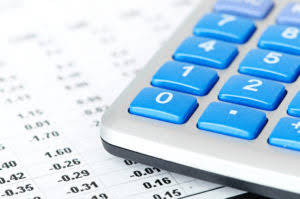
How To Calculate Double Declining Balance Depreciation
Given its nature, the DDB depreciation method is best reserved for assets that depreciate rapidly in the first several years of ownership, such as cars and heavy equipment. By applying the DDB depreciation method, you can depreciate these assets faster, capturing tax benefits more quickly and reducing your tax liability in the first few years after purchasing them. DDB is a specific form of declining balance depreciation that doubles the straight-line rate, accelerating expense recognition. Standard declining balance uses a fixed percentage, but not necessarily double.
